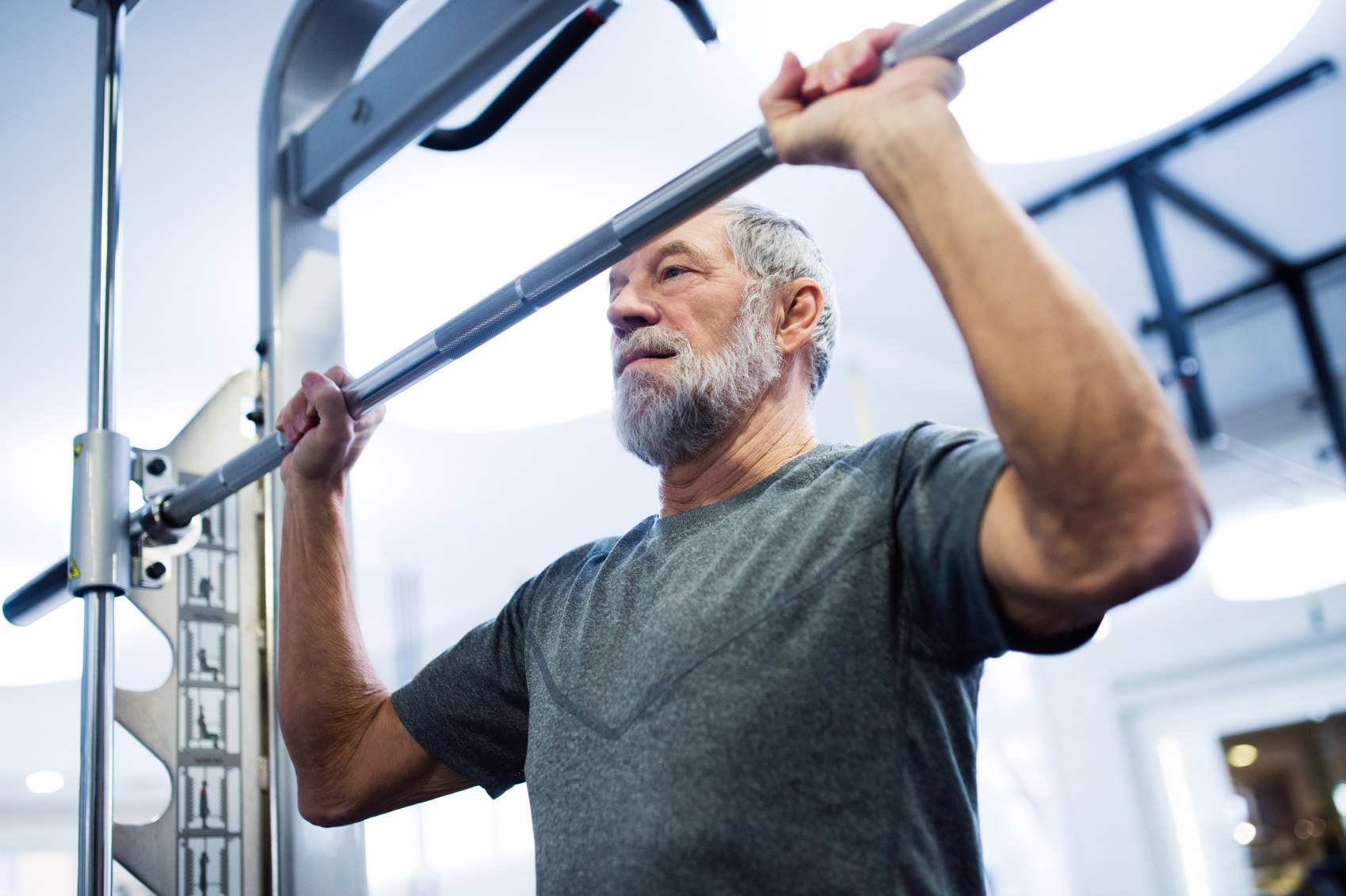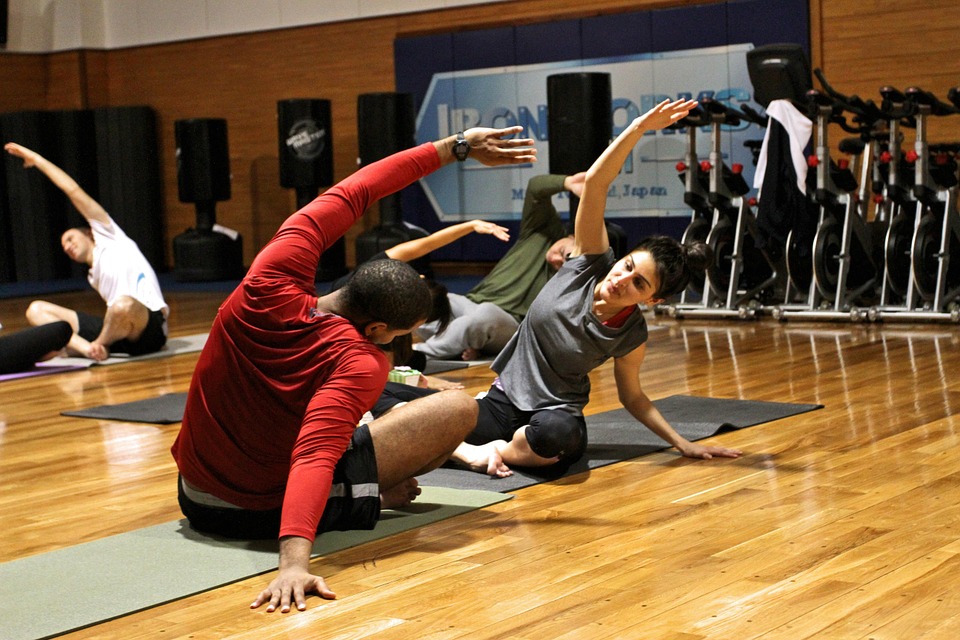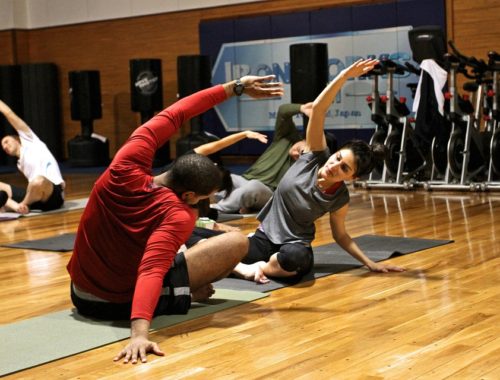Boost
Exercising Before & After Cancer Increases Survival by 40%

Keeping up an active lifestyle is one of the best choices you can make for your health even after being diagnosed with cancer.
According to a study presented at the Annual Meeting of the Association for Cancer Research (AACR), cancer patients who engage in some kind of physical activity before and after treatment improve their survival by 40%.

The study on physical activity and cancer looked at patients enrolled at Roswell Park Comprehensive Cancer Center in Buffalo, New York between 2003 and 2016.
The researchers examined the patients’ lifestyle for a decade before their diagnosis and up to a year after.
Patients were considered habitually active if they did regular, moderate physical activity both before and after their cancer diagnosis.
The results showed a connection between physical activity and increased survival across eight cancers. The findings also held up after factoring in sex, tumor stage, smoking, and body mass index.
Other recent studies have had similar results. For example, researchers found that 30 minutes of moderate physical activity per day reduced the risk of death for stage IV colon cancer by 29%.
It’s Never too Late to Start Exercising
It also turns out that exercise improved cancer survival even if the patients used to be inactive.
Patients who reported never doing any physical activity in the decade before their diagnosis, and then reported doing some activity after, had about a 25% to 28% improvement in survival compared to those who remained inactive.
And it doesn’t take much exercise to experience the benefits: patients who exercised 1 to 2 days a week experienced nearly identical survival as those who exercised more frequently (5 to 7 times a week).
These findings are especially helpful for cancer patients who may find current exercise recommendations difficult to meet.
Exercise Tips for Cancer Patients
Many studies support the benefits of exercising no matter your current state of health.
Aside from improving cancer prevention and survival, physical activity can reduce the stress of going through cancer treatment. Exercise can benefit your quality of life, by relieving fatigue, nausea, and emotional distress.
According to the American Cancer Society, patients undergoing and recently recovering from treatment should always check with their doctor before starting any exercise program.
This is especially important if your treatments affect your lungs or heart, or if you are at risk for lung or heart disease. Make sure your current lab results are safe for starting an exercise routine.
The American Cancer Society also recommends:
- Do not exercise if you have a low red blood cell count (anemia) or if the level of minerals in your blood, such as sodium and potassium, are not normal.
- Stay away from public exercise spaces (ex. gyms) if you have low white blood cell counts or if you take medicines that make you less able to fight infections.
- Drink plenty of fluids (if approved by your doctor).
- Do not exercise if you have unrelieved pain, nausea/vomiting, or any other symptom that causes you concern.
- Patients getting radiation should not expose skin in the treatment area to the chlorine in swimming pools to avoid skin irritation.
- Do not use heavy weights or do exercise that puts too much stress on your bones if you have osteoporosis, cancer that has spread to the bone, arthritis, nerve damage, poor vision, poor balance, or weakness.
- Contact your doctor if you experience swollen ankles, unexplained weight gain, or shortness of breath while at rest or with a small amount of activity.
- Watch for bleeding, especially if you are taking blood thinners.
Do not exercise above a moderate level of exertion (as much effort as a brisk walk) without talking with your doctor first.
If you are feeling fatigued, try doing 10 minutes of light exercises every day when you feel at your best. Remember, exercising just 1 to 2 days a week can improve cancer survival.

Exercise Tips for Cancer Survivors
Currently, the American College of Sports Medicine has provided physical activity guidelines for cancer survivors. Adults aged 18 to 64 years should exercise at least 150 minutes per week at moderate intensity or 75 minutes per week at vigorous intensity.
“Moderate intensity” activities are defined as those you can do while talking, but not while singing. Some of their suggestions include:
- Biking on flat (not hilly) terrain
- Gardening (raking, trimming shrubs)
- Using a manual wheelchair
- Walking briskly
“Vigorous intensity” activities are those you can only say a few words during without stopping to catch your breath. Examples include:
- Fast-paced dancing
- Martial arts
- Sports with a lot of running (basketball, soccer)
- Swimming laps
Activities should be done for at least 10 minutes per session and preferably spread throughout the week.
They also recommend including muscle‐strengthening activities (like bodyweight exercises or using resistance bands) that involve all major muscle groups at least 2 days per week.





